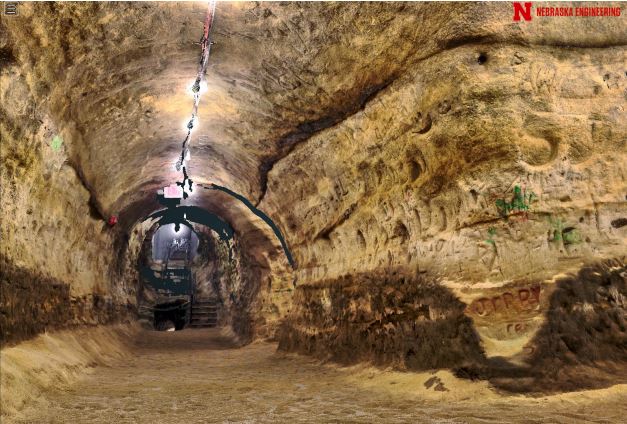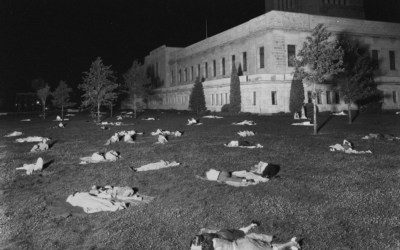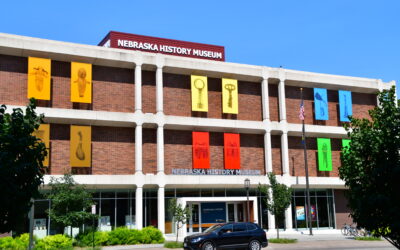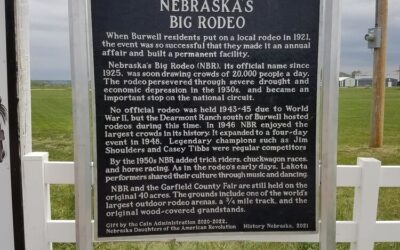
From the very beginning of the project, History Nebraska’s State Historic Preservation Office (NeSHPO) knew that adding Lincoln’s Robber’s Cave to the National Register of Historic Places was going to be anything but a typical nominating process. The cave, which has been the site of tours, social gatherings, and even some illegal activities since the late 1800s, has walls riddled with thousands of carvings that provide a fascinating record of its past visitors. Snapping a few poorly lit photos of the property would not even come close to capturing the cave’s most essential features.
Convinced that this was an especially exciting opportunity, the NeSHPO and Matt Hansen, the volunteer who wrote the nomination, started thinking about using new technologies to better document this unique resource. Light Detection and Ranging (LiDAR) scanning caught their attention as an intriguing possibility. Unfortunately, neither the NeSHPO nor Hansen had access to this technology.
Enter Dr. Richard Wood of the University of Nebraska-Lincoln’s Department of Civil and Environmental Engineering. Through a partnership with History Nebraska, Dr. Wood and a team of graduate students conducted 92 LiDAR scans in the cave over three days. The result was over three-billion data points that captured the cave with sub-millimeter accuracy to produce an accurate set of measurements of each of the cave’s five tunnels’ length, height, width, and depth. Beyond just documenting its present state, the LiDAR data will help the owners monitor the cave to make informed decisions on how to preserve the cave while still allowing access. By comparing any future scans to the 2019 data, they will be able to measure the extent of deterioration of the cave and better evaluate the success of different evaluation methods.
These LiDAR scans were ultimately incorporated into the National Register nomination, which was recently approved. While National Register nominations have always been available to the public, the Nebraska SHPO and UNL’s Engineering Department are pleased to now offer full access to the LiDAR scans of Robber’s Cave. This single viewing platform allows people from all across the globe to see Robber’s Cave without having to travel to Lincoln.
People often think that preservationists are stuck in the past—that they need to catch up with the times. Perhaps this is true in some cases, but the Nebraska SHPO is deeply invested in pursuing new technological resources and partnerships to better preserve historic resources while making them more accessible to all.




